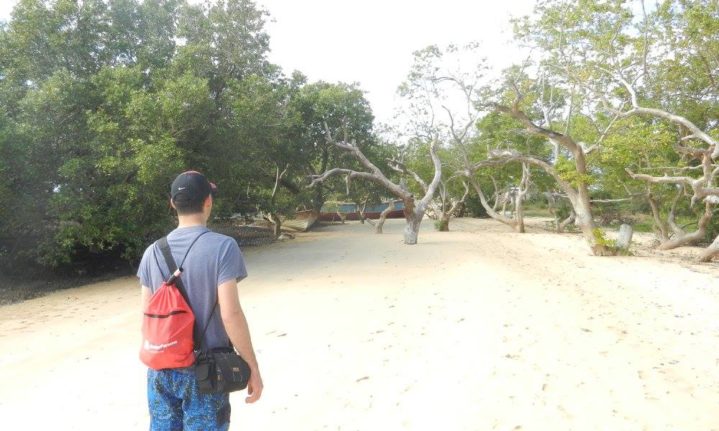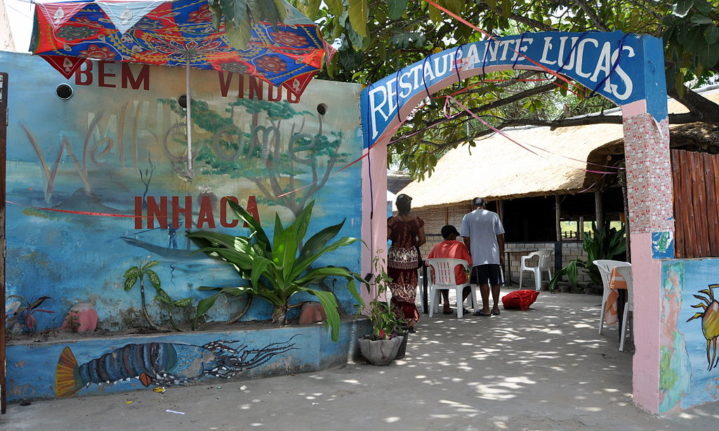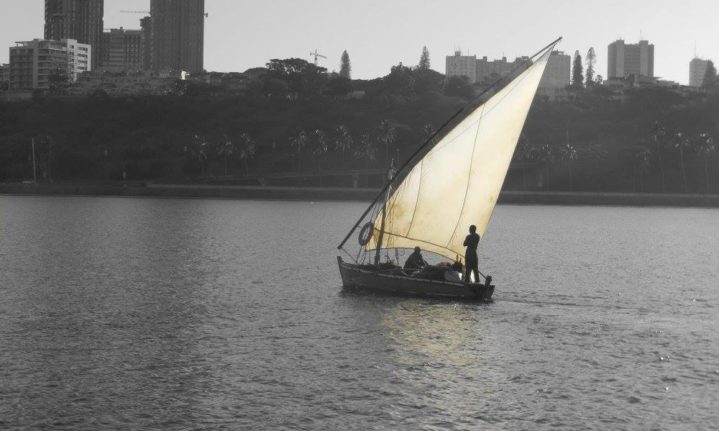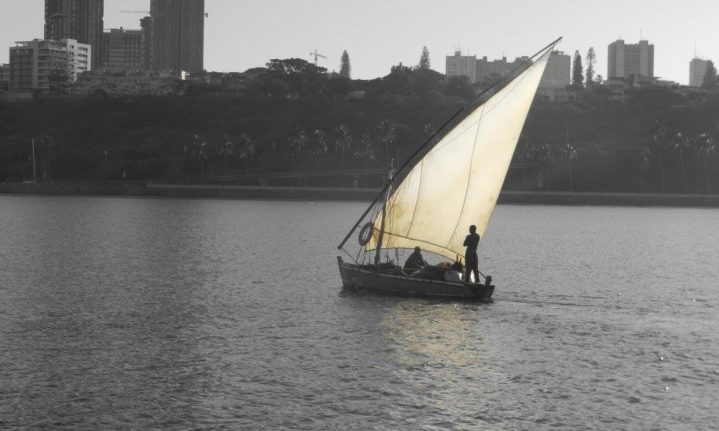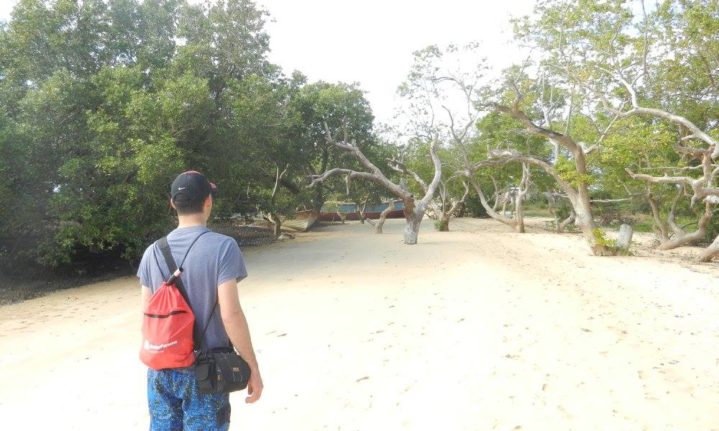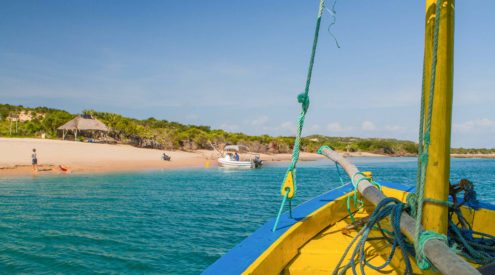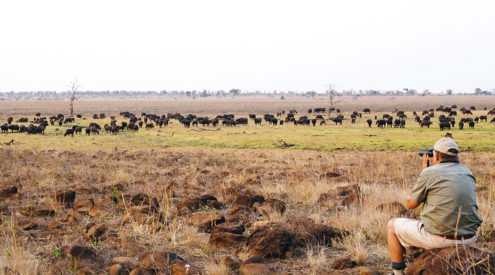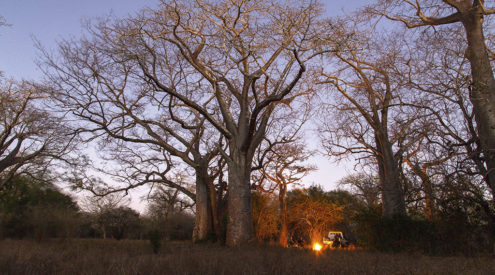Directly across the bay from Maputo, Mozambique is a small island with a subsistent population of 6,000 people on a small 56km² landmass, and it is the prime destination to escape from the rest of the world.

Photo: Carla Geyser
Inhaca has been touted as a prime tourist destination for some time now. But the continuing socio-economic strife and political instability in the north have hindered the potential of this island from coming to fruition. It is still safe for travellers to visit southern Mozambique though, which includes destinations like Maputo, Inhambane, Ponto d’Ouro and fortunately, Inhaca.
A Diver’s Paradise
The island is a marine reserve with a wide selection of snorkelling and diving sites. Snorkelling at the reefs usually requires a boat to get to which can be easily arranged with a local fisherman for a reasonable fee. The most accessible reef to swim out to is Coral Gardens, about 1km south from the jetty and 500m out, that can be reached from the shore for those who are strong enough swimmers. The reef is shallow, about 6m deep during high tide.
Another popular reef is Santa Maria (also known as Ponte Torres) on the southern side of the island. Getting there is a 45-minute boat ride from the jetty, known for its ‘drift’ dives or snorkelling, where a rocky ledge has a steep drop to about 20m. The rocky outcrops and caves harbour a diversity of marine life, a total of 327 different reef fishes have been identified around Inhaca.
A relatively unknown and less explored reef is Baixa Danea. It is considered a world-class diving site located off the northern point of the island. It offers a bounty of marine and coral life amongst the remains of an old steam cargo ship. This ship is believed to be the M/Hai Hing sunk by a German U-boat in November 1942. One can swim between the boilers and look into the engine room while exploring the rest of the 2km reef. The reef includes many overhangs, caves and gulleys with a depth of 5m until 35m on its northwesterly drop-off. Hammerhead sharks are regular visitors as well as blacktip reef sharks and nurse sharks. Loggerhead and leatherback turtles also reside at this reef, which is a treat for anyone lucky enough to dive there.
The Village
The island has a small market and a few restaurants, all centrally located. The market has a range of fresh produce and the restaurants serve up delicious seafood caught around the island. There are only three restaurants in the village, Luca’s Restaurant, Restaurante Tropical and Erca Bar, Restaurant.
They are all centrally located near the market serving up the ocean’s bounty for good value, and word on the street is that the island’s prawns are some of the best. The island also boasts three bakeries and the bakery next to the village, with its wood-fired oven, is renowned for its distinctive taste.
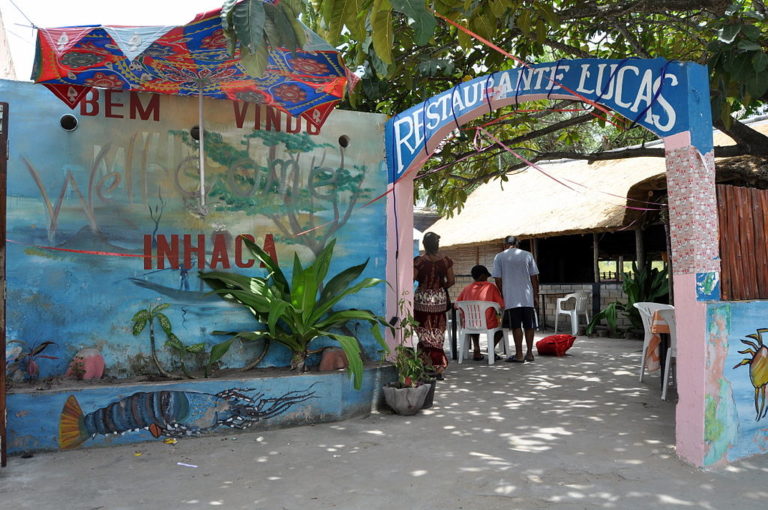
Entry to one of the Restaurants on Inhaca. Photo: Meraj Chhaya.
Activities
Knowing that there is enough diving and dining to be done on the island, there is also time for a relaxed island-style life. The beaches are spectacular and the east side of the island is protected in Maputo bay means there are no strong currents, meaning one can take a dip in the picturesque warm waters.
In the northern bay of the island, there is a mangrove forest that can be walked to or kayaked around. These Mangroves play an important role in preventing soil erosion and providing a safe habitat for the crustacean species. One can also take a trip to the other side of the island to see the lighthouse and explore the more deserted beaches on the island’s east coast.
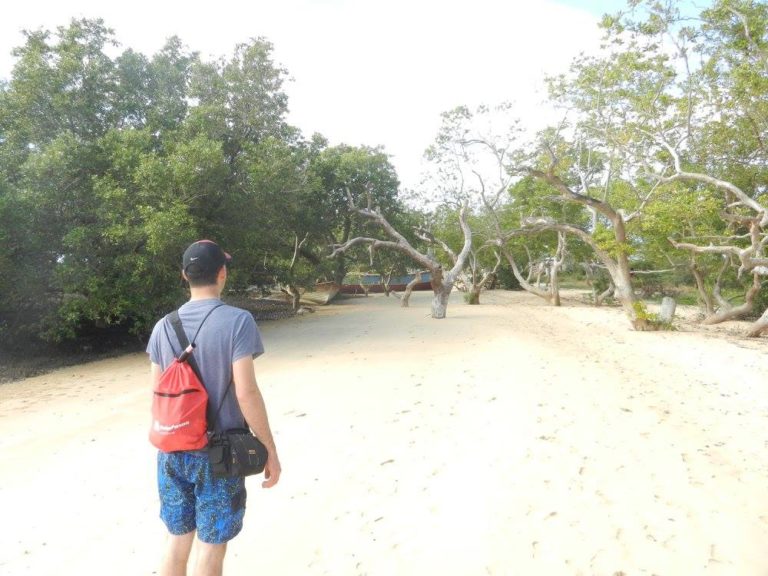
The Mangroves of Inhaca Island.
To learn more about the environment of the island, the marine biology museum, Museum Biologica, is an interesting place to visit about 2km south of the main village. The museum is part of the Inhaca Marine Biology Research Station that also comprises laboratories, a herbarium, research rooms, a library and accommodation facilities to host researchers.

A display at the marine biology museum. Photo: Valentina Buj
The museum has been researching since the 1920s, and many researchers from South Africa and Portugal for field trips in the 1950s and 60s. In 2016, the institute acquired a research vessel along with modern equipment for its capacity rebuilding program. It is not a modern museum but has a beautiful display of molluscs, fish, birds, plants and reptiles collected on the island. It houses a full skeleton of the critically endangered Dugong.
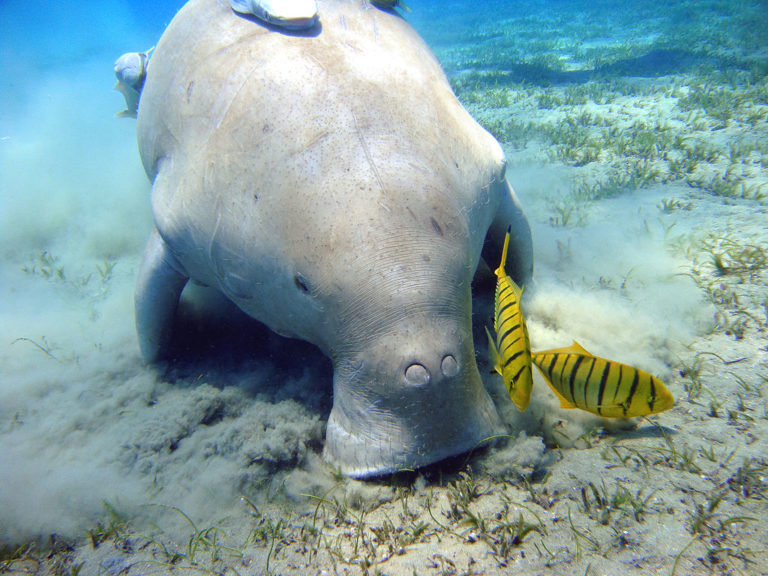
The Dugong is critically endangered and a small population occurs at Inhaca. Photo: Julien Willem
Getting There
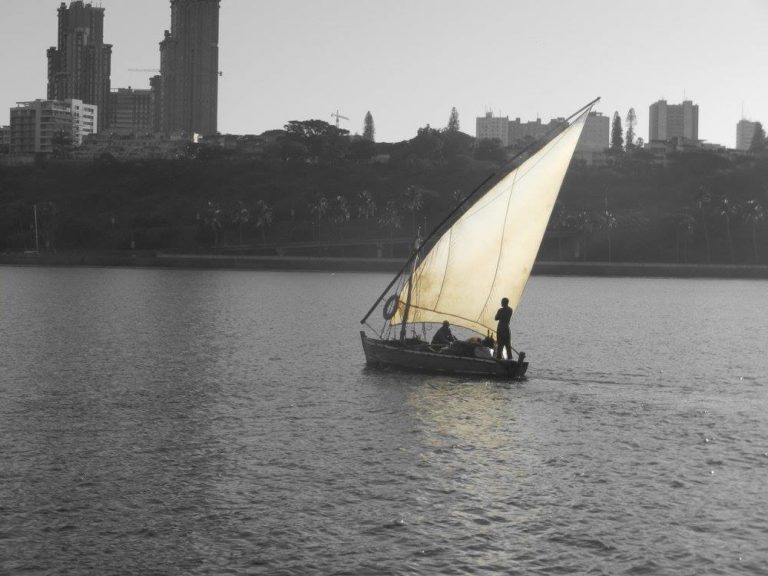
The morning ferry to Inhaca makes for spectacular scenery.
Mozambique is still allowing travellers, provided they present a negative covid test taken within three calendar days of arrival. Getting to Inhaca involves taking a ferry from Maputo, at Katembe pier. The ferry sets off at 7:30 am on Mondays, Wednesdays, Saturdays and Sundays and at 11 am on Fridays. It leaves Inhaca on each of these days at 3 pm.
The ticket costs 280mtn (R62) each way, but remember to spare an extra 30mtn (R7) to pay for the small boats on the Inhaca side that take you from the ferry to the shore as the ferry can’t dock at the pier. You have to wade your way to the shore from the boats to the shore from about knee-high, so do dress appropriately.
Do note, that there is an island conservation tax of 200mtn (R400) when you arrive.
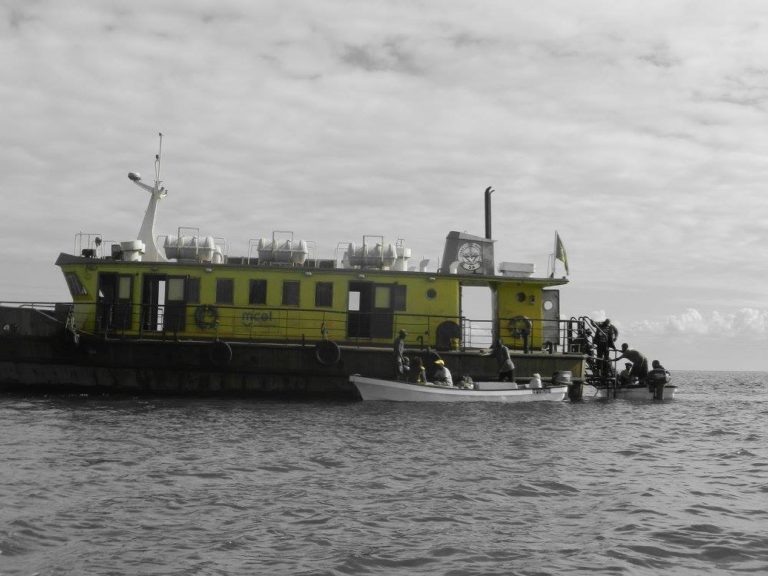
The old government ferry being disembarked onto the smaller boats to the beach.









